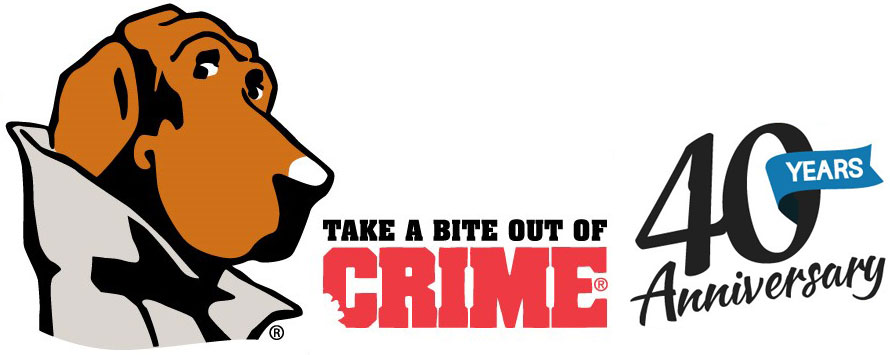Strategy
Using supervised nonviolent prison inmates to clean up public places and perform community service results in these areas being more attractive, safer places to live and provides an opportunity for inmates to make restitution to the community.
Community Problem Addressed
Cleaning up public areas can result in lower crime rates. Street crime occurs mostly in poorly lighted, abandoned sections of town where there are not many people. If abandoned houses are torn down, parks are cleaned up, and lots are cleared, people will use these areas again. When public spaces are used for legitimate purposes, criminals are less likely to conduct their activities in them, thereby reducing crime. The impact of implementing such a strategy is not only having a cleaner, more attractive community, but also having safer schools, streets, and parks.
Key Components
The main objective of this strategy is to use inmate labor to perform services throughout the community, such as building playground equipment, cleaning up trash, or planting greenery. Nonviolent inmates are selected to go out into the community and perform these services under the supervision of a deputy sheriff.
Key Partnerships
The key partners in this strategy are city environmental control officers, sheriffs, and inmates. The mayor can provide city equipment needed, and the citizens’ cooperation is needed to find problem areas and report them to the sheriff.
Potential Obstacles
When a strategy involves using inmates to perform jobs in the public view, it must be anticipated that the public will be skeptical and fearful. To overcome this, discuss precautions up front and show the positive results. Also, equipment can be rather expensive. Pursuing a grant can offset a city’s limited budget.
Applying the Strategy with Success
In Bristol, Virginia [population 18,000], the inmate clean-up program was first started in 1994 after there had been many complaints of crime in dilapidated areas. Citizens report areas of concern to the sheriff. The sheriff then checks with the environmental control officer who investigates code violations, such as overgrown lots, excess trash, or abandoned vehicles. If violations exist, the deputy sheriff brings his or her team of county jail inmates in to clean up the site. In the past, the budget has been only $1,500 per year, but a new grant in 1999 will enable the program to expand to full-time use of more crews and reach other parts of the county. The community has reacted very positively, and individuals often buy sodas and pizza for the inmates. There have been fewer crime-related problems on the streets serviced. Citizens have come to accept the inmates and appreciate their work. Several neighboring Virginia counties have since adopted similar programs.


